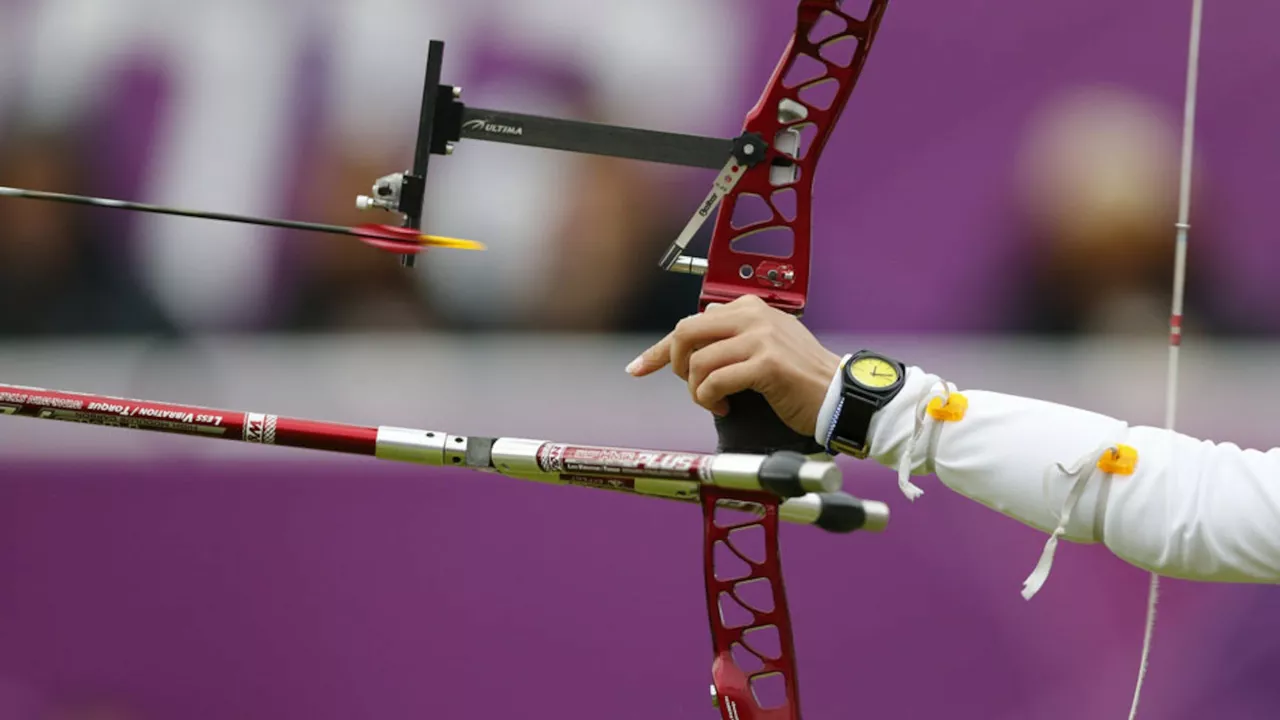Archery Competition: How to Aim, Train, and Win
When talking about Competition, a structured event where archers test skill, precision, and composure against each other. Also known as tournament, it brings together shooters of all levels, from beginners at local clubs to seasoned pros on national stages. Below you’ll find what makes a competition tick and why it matters for anyone who loves pulling a bowstring.
Every archer’s focus lands on the target, a circular board marked with colored rings that assign point values. Hitting the bullseye isn’t just bragging rights; it’s the core metric that separates winners from the rest. The type of bow, whether a recurve, compound, or traditional longbow, defines how you load, aim, and release also influences your score potential. Different bows have distinct draw weights, let‑off features, and sight options, all of which affect consistency across the varied distances you’ll encounter.
Key Elements of an Archery Competition
Success rarely happens in isolation. A supportive archery club, a community hub that offers practice lanes, coaching, and equipment rentals provides the practice ground and feedback loop you need. Skilled coaches, experienced shooters who break down technique and mental game can fine‑tune your stance, anchor point, and release timing, turning a good shot into a great one. Together they create an environment where you can simulate match pressure long before the actual day arrives.
When the day arrives, the competition itself is broken into rounds called tournament, a series of matches where archers compete head‑to‑head or in qualification pools. Most formats use either a cumulative score system or a set‑point system, and each round may involve shooting from distances ranging from 18 m for indoor bouts to 70 m for Olympic‑style events. Understanding the scoring, the method of assigning points based on where arrows land on the target helps you plan your approach—whether you aim for steady high‑value rings or play a safe game targeting the larger outer circles.
Equipment choices go beyond the bow itself. The arrow shaft, feather or foil fletching, and the point weight all affect flight stability, especially when you’re shooting over longer distances. Picking the right equipment, the combination of bow, arrows, sights, and stabilizers that matches your style and the competition rules can shave precious seconds off your release rhythm and reduce wobble. Many competitions impose strict rules about draw weight, arrow length, and sight type, so double‑checking the rulebook before you arrive prevents disqualification surprises.
Finally, mental preparation is the invisible edge. Visualization, controlled breathing, and routine building turn nerves into steady focus. Practicing under timed conditions, simulating match‑day pressure, and reviewing past results let you spot patterns in performance. By treating each element—target, bow, club, coach, tournament format, scoring, distance, and equipment—as a linked part of a larger system, you create a roadmap that guides you from practice lane to podium.
With these fundamentals in mind, you’re ready to dive into the collection of articles below. They cover everything from choosing the right bow for competition to mastering the mental game, so you can walk into any archery competition with confidence and a clear plan.
